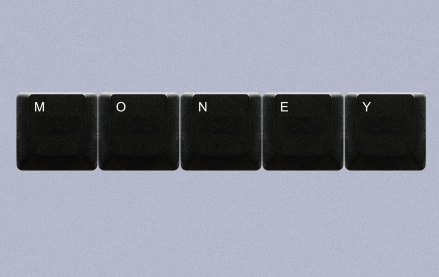
“Programmatic advertising” vied with “native advertising” for buzzword of the year in 2013. Underlying that hype, however, is a serious shift unfolding in how media transactions occur. Automation is now widely thought as inevitable.
The programmatic drive began as a U.S.-led innovation but is now spreading worldwide. In some cases, programmatic adoption is being sped up, particularly in smaller markets, where added human costs on media transactions show up more glaringly on account of smaller order size.
Magna Global has released a wide-ranging report on the global state of programmatic advertising. It forecasts the programmatic ad market will grow from $12 billion in 2013 to more than $32 billion in 2017. Here are five trends that tell the story.
Programmatic advertising will grow strongly globally for the foreseeable future.
The U.S. represents an outsize share of the global market — which will begin to decline as the rest of the world catches up. In 2013, U.S. programmatic ad spending represented 63 percent of the global market. By 2017, despite strong growth in the U.S. market, it will represent 51 percent.
Programmatic ad spending will soon shift east. The United Kingdom in 2013 represented the No. 2 overall programmatic ad spending market, with 10 percent of global spending. But in 2017, Magna expects both China and Japan will surpass the U.K. China’s programmatic ad market is expected to be 7.5 times the size during that period.
The United States will shift the most to programmatic over the next three years. But some smaller markets will shift a majority of ad spending to automated channels. Interestingly, an otherwise advanced market like Germany will lag behind in this field, with 67 percent of ad buying still happening through non-automated methods.
In Europe, the United Kingdom will remain the biggest market, far outpacing France and Germany. In 2013, the U.K. programmatic market was 21 percent larger than France’s and Germany’s combined. That gap should narrow. In 2017, the U.K. programmatic market is forecast to be just 9 percent larger than France’s and Germany’s combined.
More in Media

From sidelines to spotlight: Esports events are putting creators center stage
Esports events’ embrace of content creators reflects advertisers’ changing priorities across both gaming and the wider culture. In the past, marketers viewed esports as one of the best ways to reach gamers. In 2025, brands are instead prioritizing creators in their outreach to audiences across demographics and interest areas, including gaming.

Condé Nast and Hearst strike Amazon AI licensing deals for Rufus
Condé Nast and Hearst have joined the New York Times in signing a licensing deal with Amazon for its AI-powered shopping assistant Rufus.

Media Briefing: AI payouts may be entering a new era
AI compensation is evolving — and new models, not just publisher demands, are driving the shift beyond flat-fee licensing.










